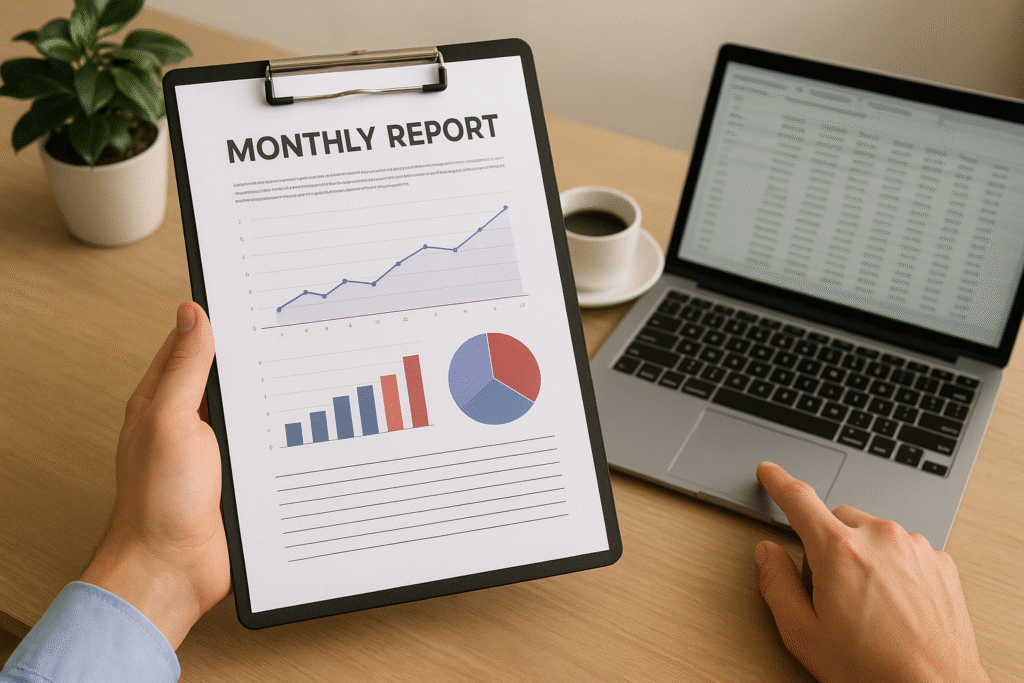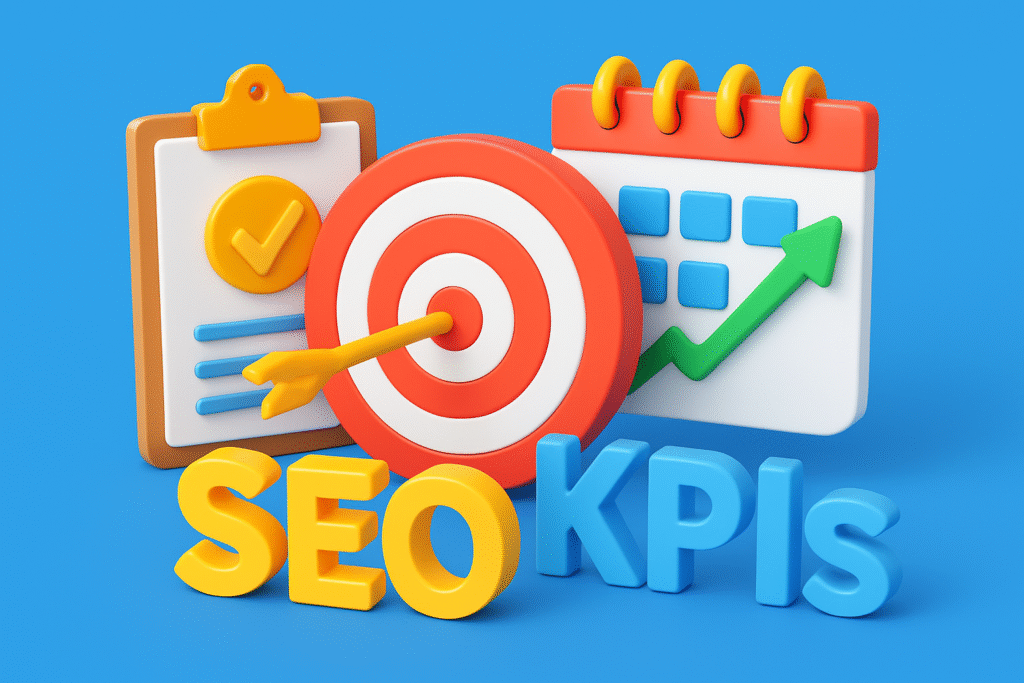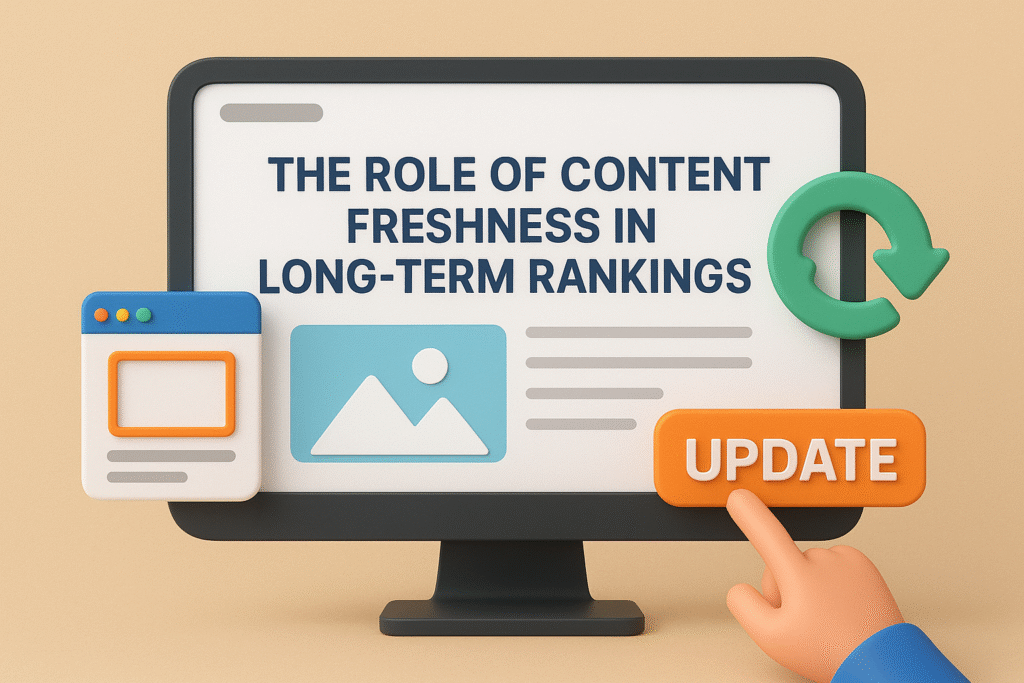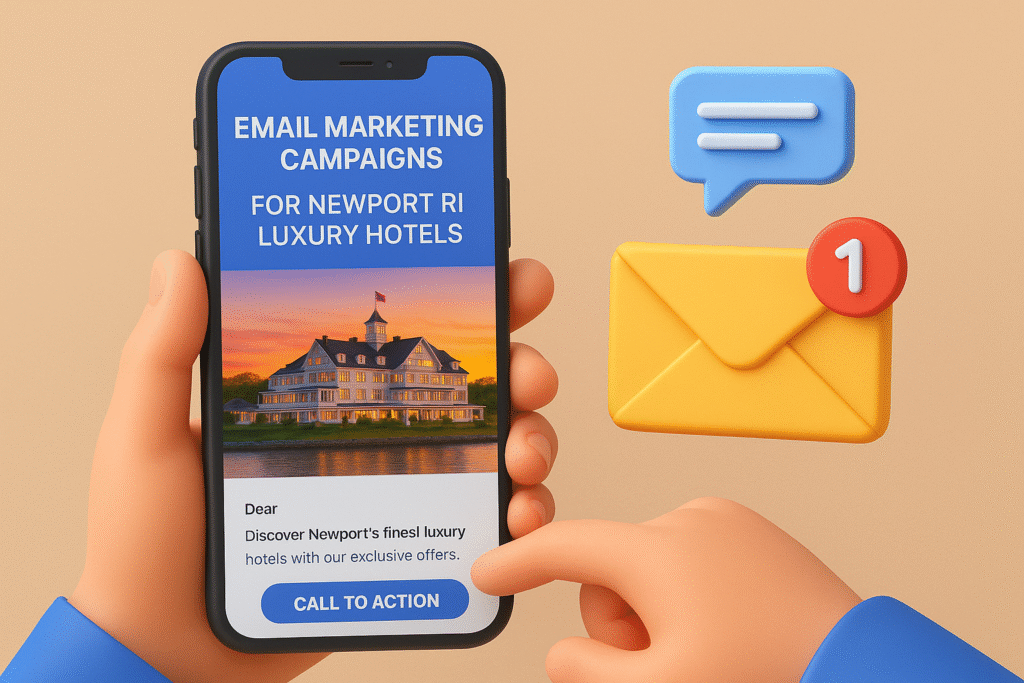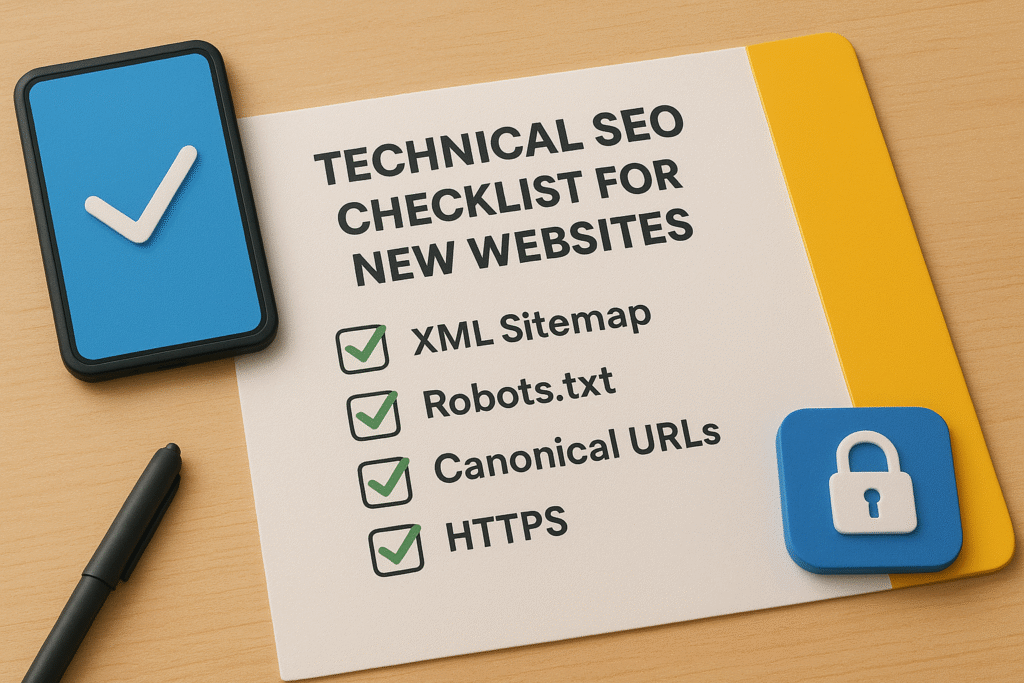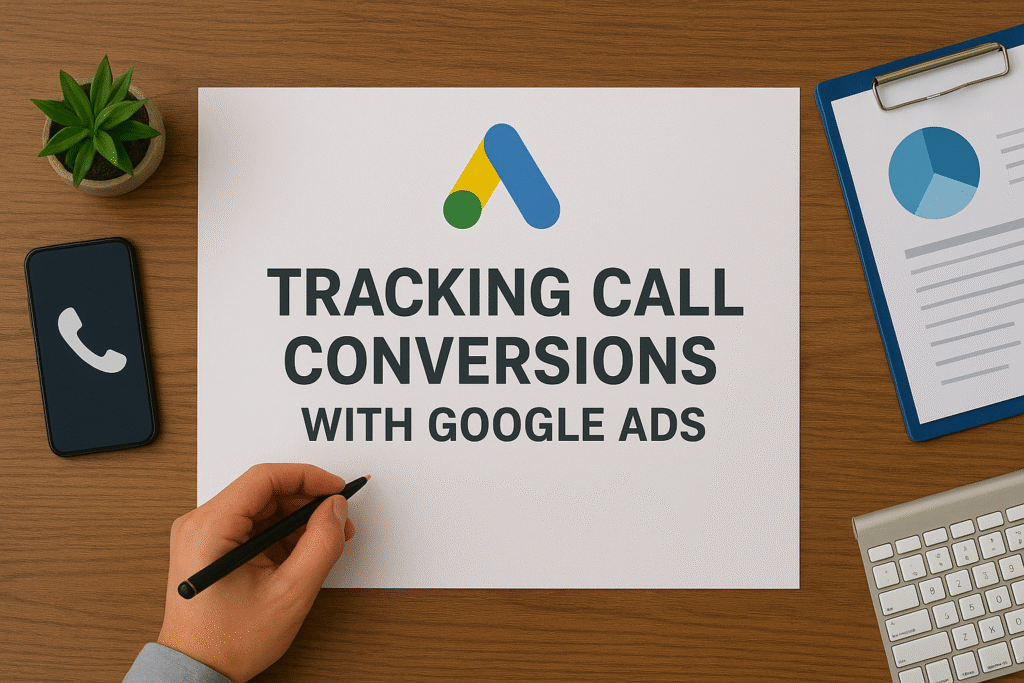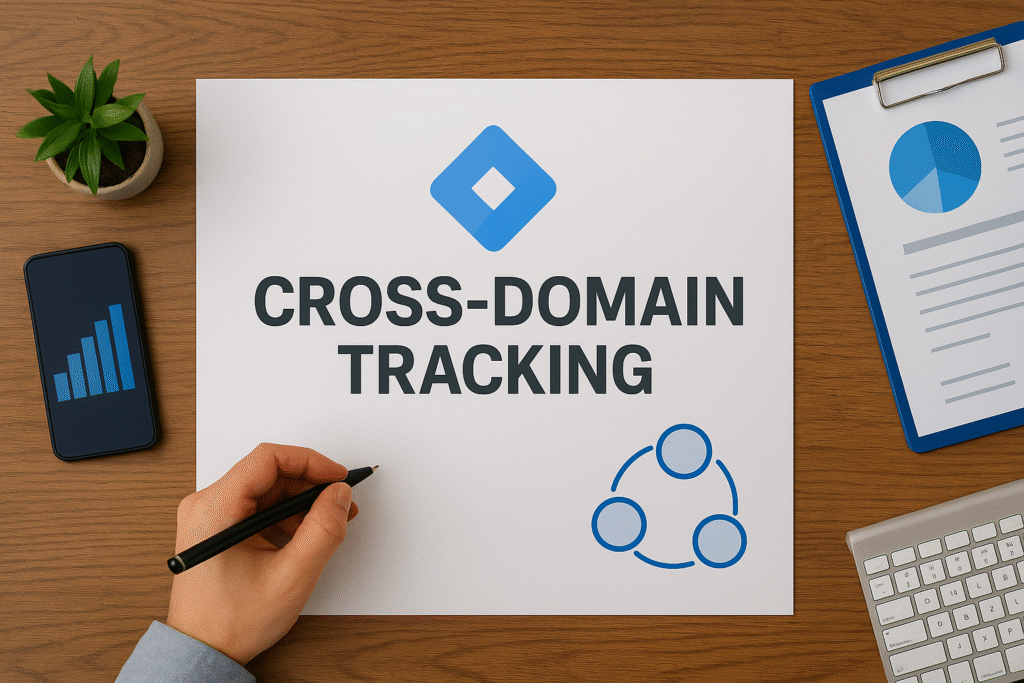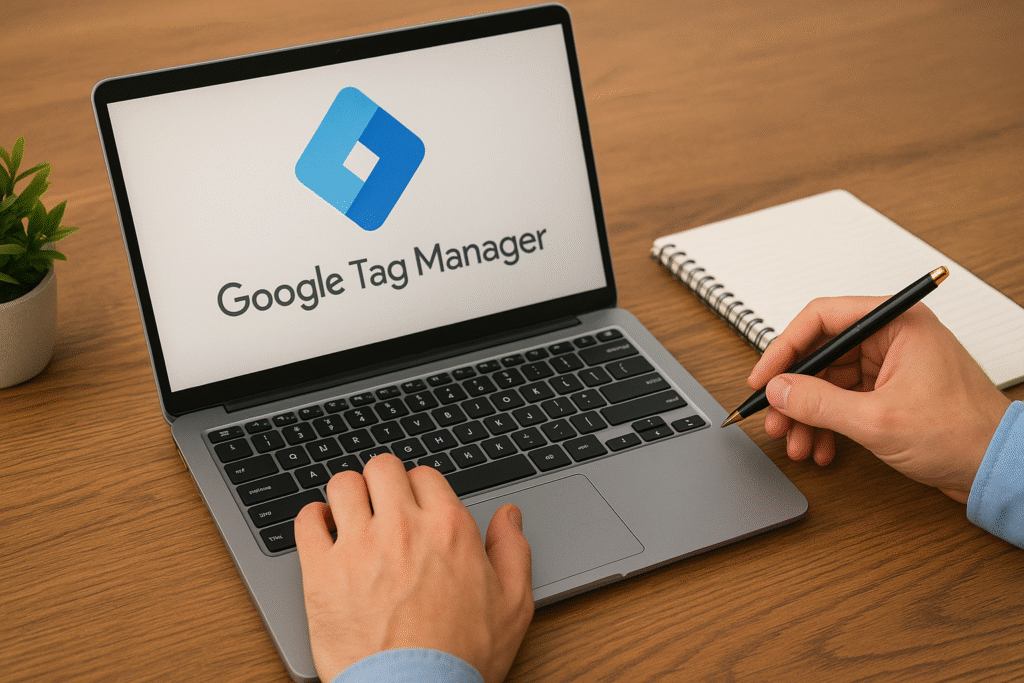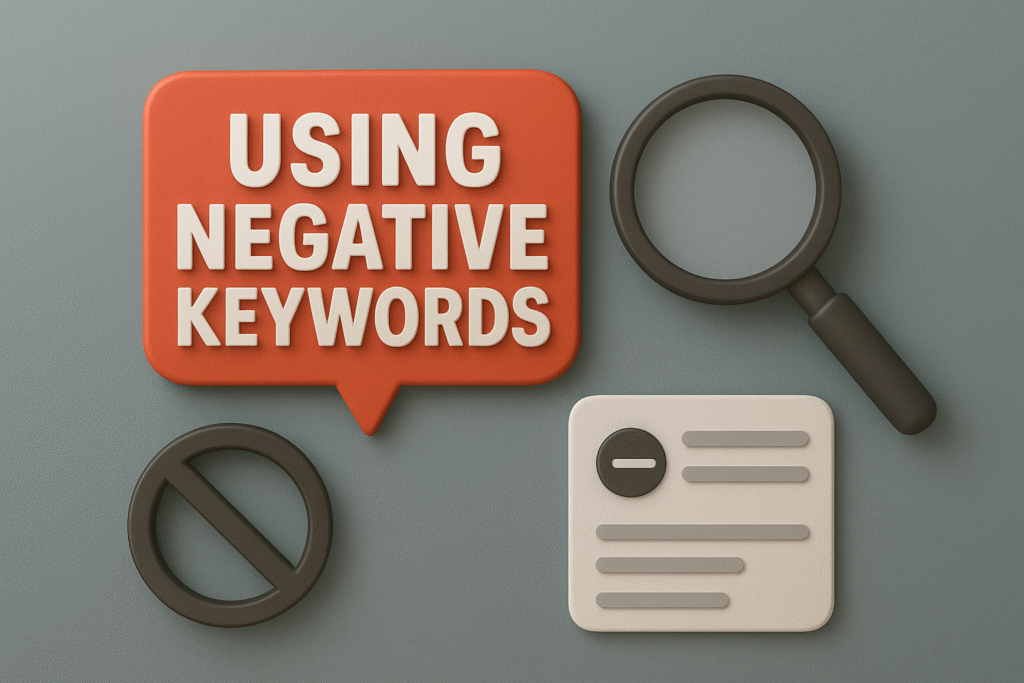If you’ve ever managed multiple clients in digital marketing, you know the recurring challenge: how do you deliver detailed monthly reports without creating overwhelm — for yourself or your clients? Building an effective SOP delivering monthly reports without overwhelm isn’t just about sending data. It’s about structuring insights, aligning metrics with client goals, and presenting results in a way that’s both comprehensive and easy to digest.
“According to a survey by Databox, 83% of marketers say clients value clear insights over raw data in monthly reports.”
Source: Databox
In this blog, I’ll break down a proven Standard Operating Procedure (SOP) for reporting that saves time, improves client relationships, and ensures that every report adds strategic value instead of noise.
Why SOPs Matter for Client Reporting
Monthly reports can easily spiral out of control. Without a structured SOP, you risk:
- Wasting hours on repetitive reporting tasks
- Confusing clients with data overload
- Delivering reports that don’t align with agreed KPIs
- Missing opportunities to highlight wins and recommendations
“Pro Tip: Standardizing reporting reduces delivery time by up to 40% and increases client satisfaction scores by 25%.”
Source: HubSpot
An SOP gives both your team and clients consistency. Everyone knows what to expect each month, reducing confusion and making the reporting process smoother.
Step 1: Define Key Metrics with Clients
The foundation of any SOP delivering monthly reports without overwhelm is clarity. Before you even create a template, agree with your client on which KPIs matter.
For example, a Dallas-based eCommerce client may want to see revenue attribution from Google Ads, while a Chicago law firm might prioritize form submissions and call tracking.
Recommended steps:
- Run a kickoff meeting to identify client goals
- Document 3–5 primary KPIs per client
- Distinguish between “vanity metrics” (impressions, followers) and “performance metrics” (leads, conversions, ROI)
Resources like Google Analytics 4 and HubSpot Reporting can help clarify what’s trackable and relevant.
Step 2: Automate Data Collection
Manually pulling metrics wastes time and increases errors. Automation is crucial.
Tools like Google Data Studio (Looker Studio), DashThis, and AgencyAnalytics allow you to connect data sources such as Google Ads, SEO tools, and social platforms into one dashboard.
“Stat: Agencies that automate reporting save an average of 4–6 hours per client each month.”
Source: AgencyAnalytics
Your SOP should include setting up automated dashboards for every client. This way, data flows in real time, and you only need to focus on insights and narrative.
Step 3: Create a Standardized Template
Consistency is critical. Clients should know what to expect every month. Your template should include:
- Executive Summary: High-level wins and challenges
- KPI Dashboard: Visuals for agreed-upon metrics
- Channel Breakdown: SEO, PPC, social, email performance
- Insights & Recommendations: What actions to take next
“Pro Tip: Reports with visual elements like graphs and charts are 30% more likely to be read fully by clients.”
Source: Venngage
Tools like Canva or Visme can help you add clean visuals to your reports without overwhelming clients with spreadsheets.
Step 4: Add Context, Not Just Numbers
One of the most common client complaints is getting a report full of numbers but no explanations. Your SOP should emphasize context.
Instead of saying:
“Organic traffic increased by 12%.”
Say:
“Organic traffic increased by 12% this month, driven by two blog posts targeting local keywords in Dallas. We recommend replicating this strategy with three more posts next month.”
This approach ties performance back to strategy and gives clients actionable insights.
Step 5: Schedule Report Delivery and Calls
Reports should never be sent blindly. Timing and communication matter.
SOP structure:
- Delivery Date: Reports go out on the 3rd business day of each month
- Follow-Up Call: Schedule a 30–45 min review call with clients within 5 days of delivery
- Agenda: Walk through KPIs, wins, challenges, and recommendations
Platforms like Calendly can simplify scheduling, while Zoom ensures easy remote access.
“Stat: Clients who receive both a report and a walkthrough call report 28% higher satisfaction.”
Source: ClientSuccess
Step 6: Archive Reports for Consistency
Your SOP should include version control. Create a shared drive or folder structure for all reports. Example:
- /ClientName/Reports/2025/January.pdf
- /ClientName/Reports/2025/February.pdf
This not only provides transparency but also allows for trend analysis over time. Tools like Dropbox and Google Drive are excellent for this.
Case Study: SEO Agency Reporting
An SEO agency in Florida implemented a clear SOP for reporting. By automating data, using templates, and limiting KPIs to five per client, they reduced reporting time from 10 hours per client to 3 hours. Clients reported feeling more confident in the agency’s strategy and renewed contracts at a higher rate. This proves the ROI of a well-structured reporting SOP.
Common Mistakes in Monthly Reporting
- Overloading Clients with Data: Too many KPIs cause confusion.
- No Executive Summary: Clients want quick takeaways, not 20-page decks.
- Inconsistent Templates: Different report formats each month create confusion.
- Skipping Recommendations: Numbers without context don’t add value.
“Pro Tip: Limit reports to 5–7 KPIs and one page of recommendations for maximum clarity.”
Source: SEMrush
Best Practices for Effective Reporting
- Define KPIs with clients upfront.
- Automate data collection wherever possible.
- Use visual templates for consistency.
- Provide actionable insights alongside metrics.
- Schedule follow-up calls for context.
- Archive reports for easy access and trend analysis.
Final Thoughts
Delivering client reports doesn’t need to be stressful or overwhelming. By building an SOP delivering monthly reports without overwhelm, agencies can streamline processes, improve client satisfaction, and ensure insights drive action. The key is simplicity: focus on KPIs that matter, automate data collection, and communicate insights effectively.
If you’re ready to simplify your reporting process while keeping clients happy, check out our Client Reporting Services.
Frequently Asked Questions (FAQs)
1. How many KPIs should be included in a monthly client report?
Typically, 3–5 primary KPIs are sufficient, depending on client goals.
2. Which tools are best for automated reporting?
Popular tools include Google Looker Studio, AgencyAnalytics, and DashThis.
3. Should reports be sent as PDFs or live dashboards?
A mix works best — PDFs for archiving and dashboards for real-time data.
4. How long should a monthly reporting call be?
30–45 minutes is ideal to cover KPIs, wins, and recommendations without overwhelming clients.
5. How can agencies reduce time spent on reporting?
Automation and standardized templates cut down manual work significantly.
6. Do clients prefer detailed or simplified reports?
Most prefer simplified reports with clear takeaways and next steps.

